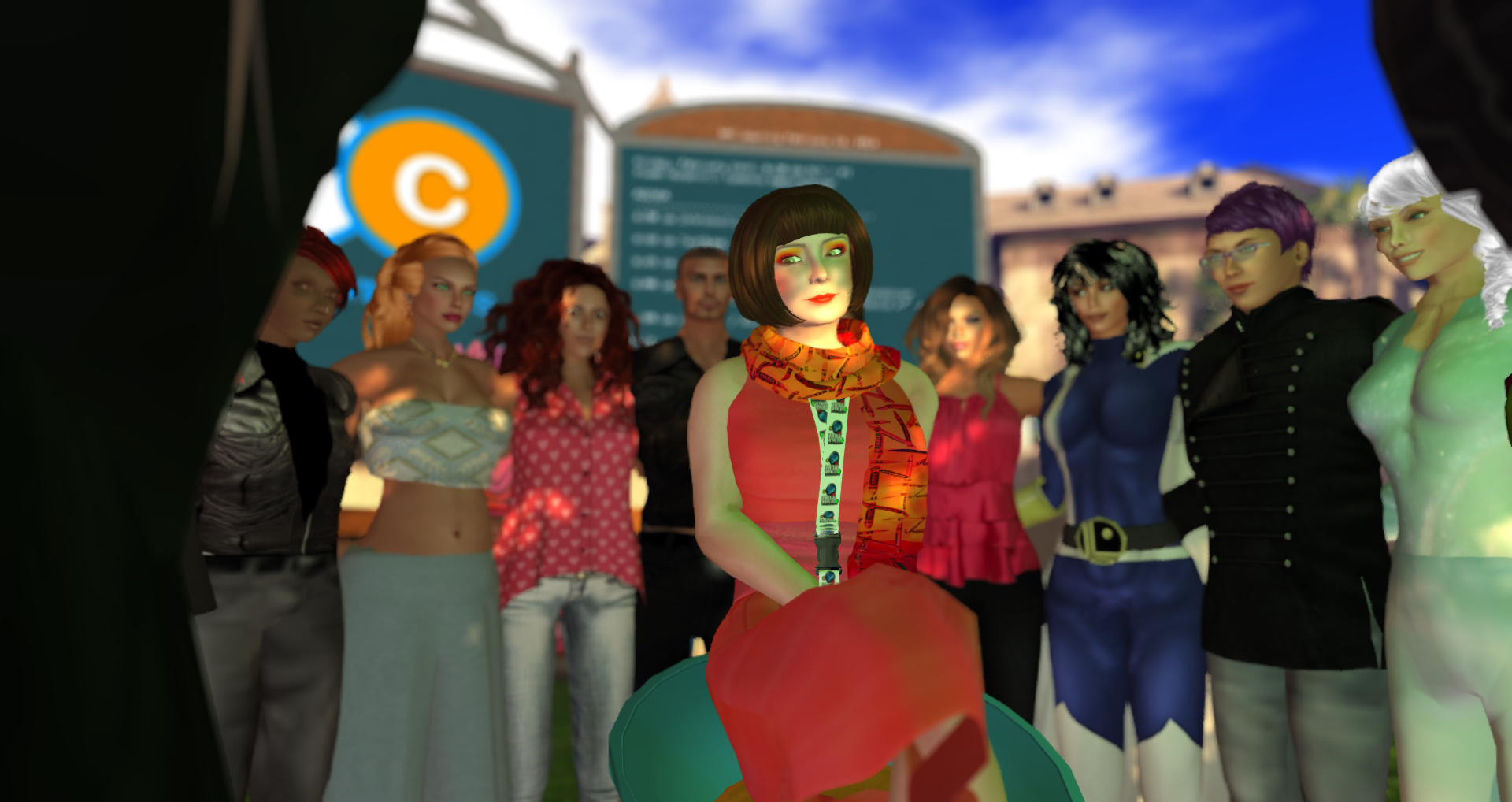This Friday, June 22, Gaberoonie Szondi / Gabe Salgado of Machinimart will be joining us at the Nonprofit Commons to share the power of stories in virtual environments captured as motion pictures called machinima. http://machinimart.com
Nonprofit Commons Weekly Meeting
June 22, 2012, 8:30 AM SLT / PST
Plush Nonprofit Commons Amphitheater
http://slurl.com/secondlife/Plush%20Nonprofit%20Commons/88/126/26
AGENDA
• 8:30am Introductions
• 8:40am TechSoup Announcements
• 8:45am Mentors Central
• 8:55am Machinimart with Gaberoonie Szondi / Gabe Salgado
• 9:30am Open Mic/ Announcements
About Gabe:
Gabe Salgado is Producer at Machinimart, a machinima and virtual world production studio currently based in South Korea. Although his training is in web development and motion graphics editing, he spent 6 years working in education before joining his first virtual world venture. As an educator, he created a series of acclaimed multimedia cultural programs, including “The Sticker Song Curriculum”—the first Jewish curriculum to go viral. He has been involved in virtual world technology since 2007 and has also developed many highly acclaimed programs on the Second Life Teen Grid, reaching students in schools and educational programs around the world. Although his background is multi-faceted, he has kept a single vision which has remained the same: to bring technology and education together in a way that opens up boundless opportunities for those that would otherwise remain outside of the know.
Written by: Zinnia Zauber



 Nonprofits are finding that one of the major benefits of Second Life work is alliance building. I had the pleasure of attending Monday’s panel on virtual world partnerships and collaborations. Moderated by Glitteractica Cookie of the
Nonprofits are finding that one of the major benefits of Second Life work is alliance building. I had the pleasure of attending Monday’s panel on virtual world partnerships and collaborations. Moderated by Glitteractica Cookie of the  Today I attended the Avatar on Duty session at the
Today I attended the Avatar on Duty session at the